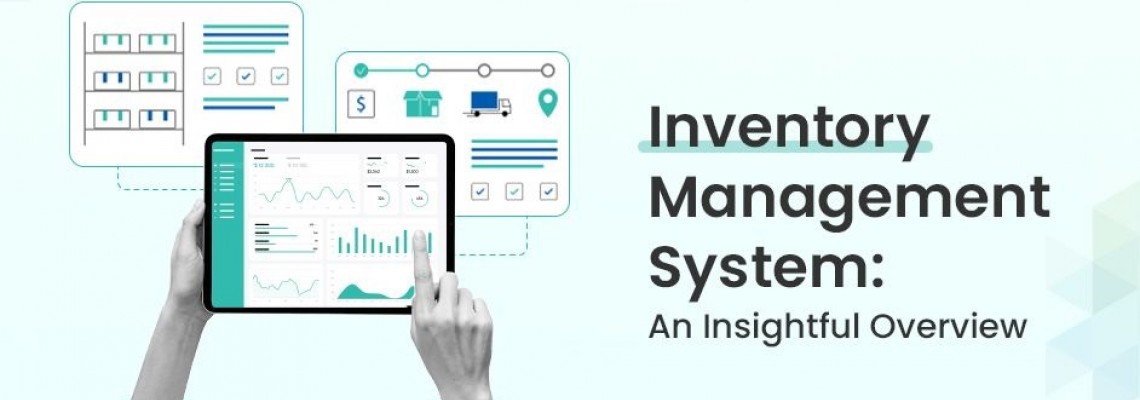What’s the purpose of Inventory Management System

The primary purpose of an Inventory Management System (IMS) is to efficiently oversee and control the flow of goods or products within a business. Here are some key purposes:
Optimize Inventory Levels: IMS helps businesses maintain optimal inventory levels by tracking stock levels, monitoring sales patterns, and setting reorder points. This prevents stockouts that could lead to lost sales and minimizes excess inventory that ties up capital.
Streamline Operations: By automating inventory-related tasks such as ordering, receiving, and stocking, IMS reduces manual labor and streamlines operational processes. This improves overall efficiency and productivity within the organization.
Improve Accuracy: IMS provides real-time visibility into inventory levels and locations, reducing the likelihood of errors such as stockouts, overstocking, or misplacement of items. This enhances inventory accuracy and helps prevent costly mistakes.
Enhance Customer Satisfaction: With accurate inventory data and efficient order processing, businesses can fulfill customer orders promptly and accurately, leading to higher levels of customer satisfaction and loyalty.
Reduce Costs: By optimizing inventory levels, minimizing stockouts and overstock situations, and improving operational efficiency, IMS helps businesses reduce carrying costs, storage costs, and the costs associated with stockouts or excess inventory.
Enable Strategic Decision-Making: IMS provides valuable insights and data analytics on inventory trends, sales patterns, and demand forecasts. This information enables businesses to make informed decisions regarding inventory management, purchasing, pricing, and expansion strategies.
Ensure Compliance and Traceability: For industries with regulatory requirements or quality control standards, IMS facilitates compliance by providing accurate record-keeping, traceability of products, and batch or serial number tracking.
Facilitate Integration: IMS integrates seamlessly with other business systems such as accounting software, POS systems, and e-commerce platforms. This enables smooth data flow and facilitates holistic business management.
-293x67.png)
Leave a Comment